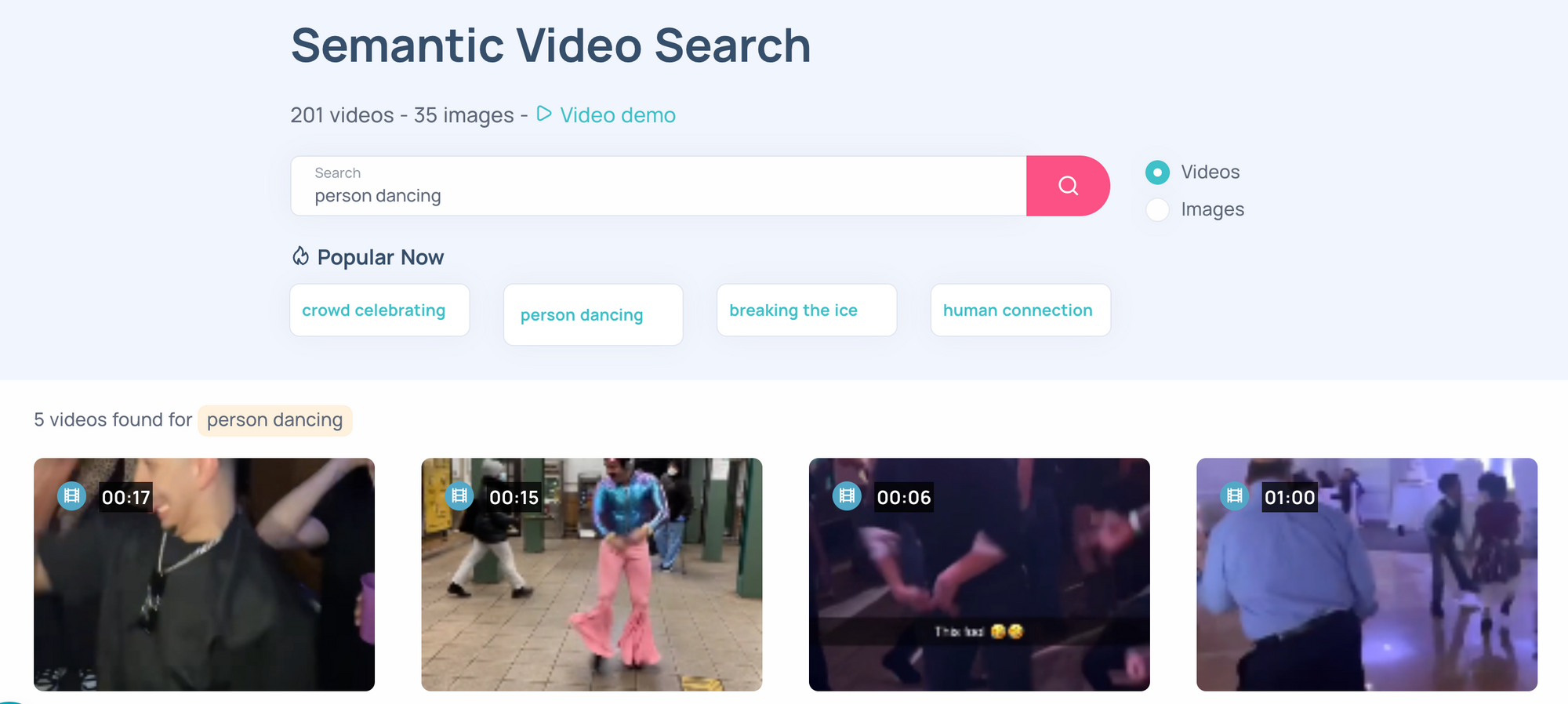Applying machine learning to a Digital Asset Management (DAM) system can provide valuable insights, and automation, and enhance the searchability of assets.
By working directly on an S3 bucket and just requiring IAM (Identity and Access Management) provisioning, it removes a lot of the complications involved in data migrations and works directly on existing data storage.
What Pains Does it Solve?
Automated Asset Organization and Classification
Managing a large number of digital assets manually is time-consuming and prone to errors. Leveraging machine learning it automates the classification and organization of these assets. This could include tagging based on content, setting up categories based on asset types, and identifying duplicates, thereby significantly enhancing the ease and efficiency of asset management.
Improved Search and Discovery
With ML-powered APIs, it provides advanced search capabilities such as object recognition, sentiment analysis, text extraction, and even style or mood-based search (e.g., finding images or videos that are 'cheerful' or 'gloomy'). This could greatly enhance the usability of the assets, as users would be able to quickly and accurately locate exactly what they need.

Direct Integration with Existing Infrastructure
By directly working with an S3 bucket and IAM, the solution reduces the need for complex integrations or migration of data to another system. This not only saves time and reduces complexity but also minimizes potential data security risks associated with data transfer. Additionally, businesses could benefit from staying within the same ecosystem (AWS), thereby reducing the learning curve.
What Features Does it Have?
Here are the top five features that could potentially solve the biggest pains, based on the idea of a DAM with ML capabilities on an S3 bucket:
Automated Categorization & Tagging
With machine learning algorithms, your DAM system could automatically categorize and tag digital assets based on their content and metadata. This saves a significant amount of time that would otherwise be spent on manual sorting and organization.
Advanced Search Functionality
Leveraging ML-powered APIs, the DAM system could provide advanced, context-aware search capabilities. These could include image recognition, sentiment analysis, or even mood-based search, making it easier for users to find exactly what they need, when they need it.
Duplicate Detection
ML can identify duplicate or near-duplicate assets, reducing clutter and saving storage space. This ensures that only unique assets are kept, simplifying the asset library and reducing confusion.
Seamless Integration
By directly integrating with an S3 bucket and IAM, the solution can work with existing AWS infrastructure. This minimizes the need for additional setup or migration and maintains consistency with existing workflows and systems.
Predictive Analytics
Leveraging ML, your DAM could offer predictive analytics, giving insights into which assets are likely to perform well based on historical data and trends. This could be incredibly valuable for teams to make data-driven decisions about which assets to use in their projects.

